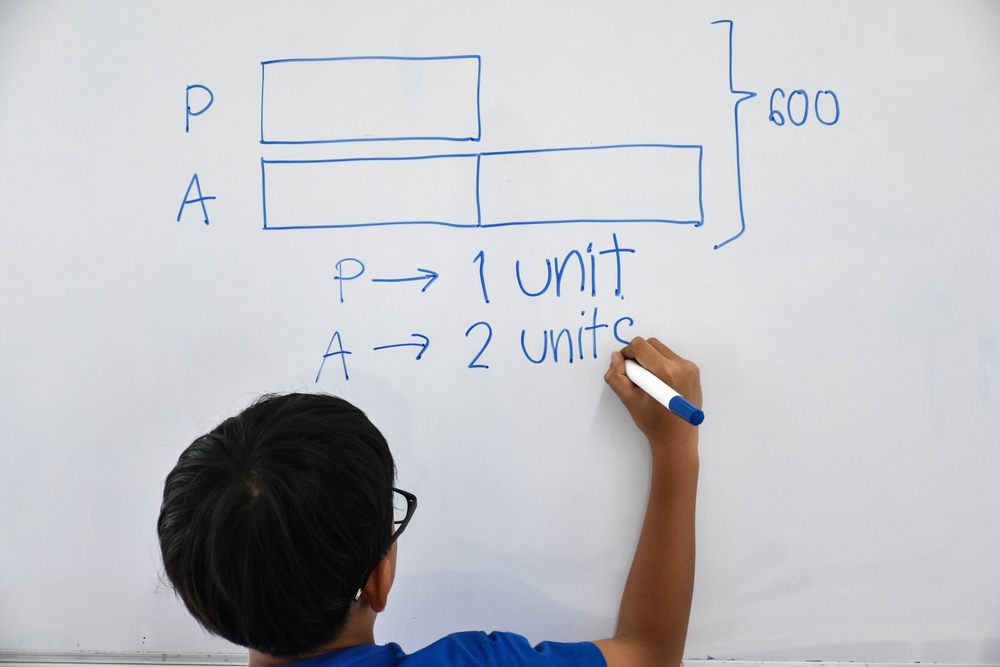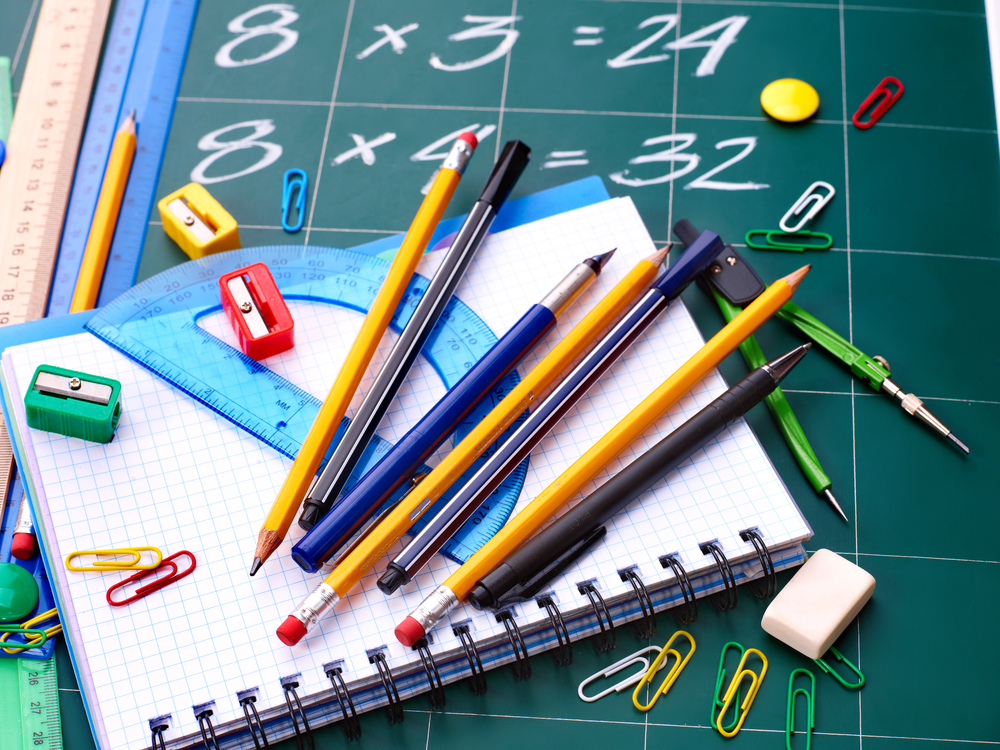Reading comprehension Arrays Worksheets for Ages 5-8
5 filtered results
-
From - To
Enhance your child's reading skills with our engaging Reading Comprehension Arrays Worksheets designed for ages 5-8. Tailored to combine fundamental math and literacy skills, these printables make learning enjoyable and effective. Each worksheet presents an array of charming stories and questions, allowing young learners to practice reading comprehension while familiarizing themselves with arrays and basic multiplication concepts. These activities foster critical thinking, attention to detail, and problem-solving abilities in a fun, educational format. Ideal for early grade students, our worksheets make mastering core skills exciting and accessible, paving the way for academic success.


Arrays of George Washington Carver’s Creations Worksheet


Adding with Arrays: Chocolate Bars Worksheet


Thomas Edison’s Invention Arrays Worksheet


Independence Day Arrays: Rows and Columns Worksheet


Ben Franklin’s Invention Arrays Worksheet
Reading comprehension is a foundational skill for young children, and using tools like reading comprehension arrays can be immensely beneficial for kids aged 5-8. At this developmental stage, children transition from recognizing words to understanding and interpreting texts. Reading comprehension arrays, which include charts, diagrams, and visual organizers, help in breaking down content into manageable and meaningful parts.
Teachers and parents should care about these tools because they cater to varied learning styles. Visual learners, for instance, find it easier to grasp and retain information when it's presented visually. These tools can also make abstract concepts more concrete, helping children to link words to ideas more effectively. Furthermore, reading comprehension arrays foster critical thinking and organization skills early on, as children learn to categorize information and see relationships between different parts of a text.
Additionally, utilizing reading comprehension arrays can make the reading process more interactive and engaging, which is crucial for cultivating a lifelong love for reading. When young readers enjoy the process, they are more likely to be motivated to read regularly, contributing to their overall language development and academic success.
In summary, reading comprehension arrays provide structured support, enhance understanding, and create an engaging learning environment, making them an essential tool for young readers' development.
 Assign to My Students
Assign to My Students





















